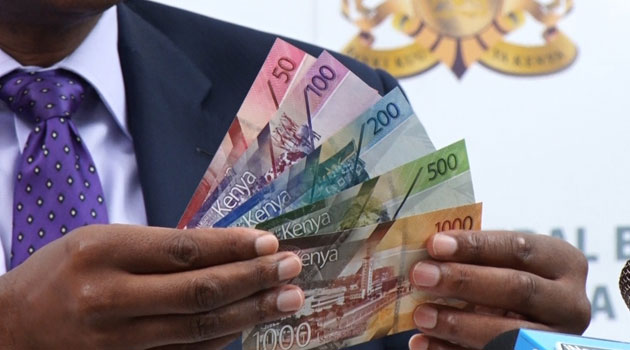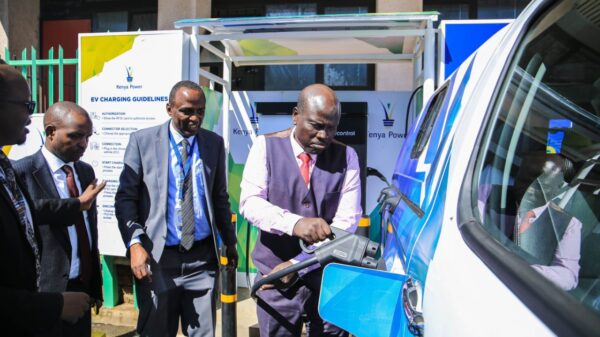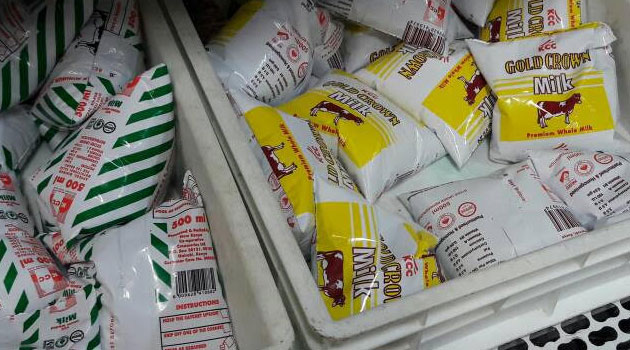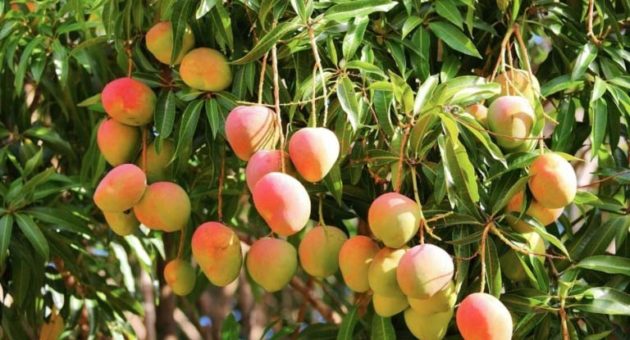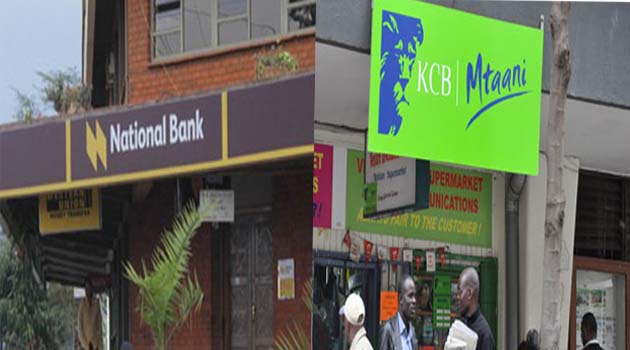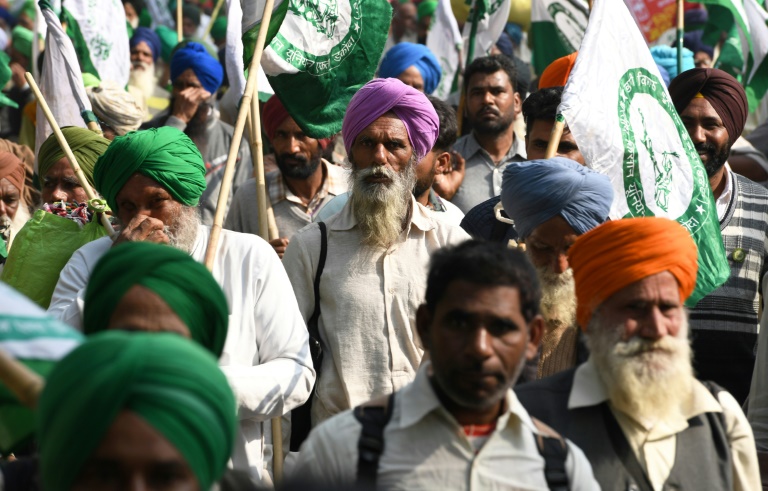
Farmers have flooded into Delhi in a mass protest/AFP
NEW DELHI, India, Nov 30 – Tens of thousands of farmers and agricultural workers marched towards the Indian parliament Friday demanding debt waivers and higher crop prices, putting pressure on Prime Minister Narendra Modi ahead of 2019 elections.
More than 300,000 Indian farmers have killed themselves in the last two decades mainly because of poor irrigation, failed crops and being unable to pay back loans.
Farmers from across the country flooded by train and bus into Delhi since Thursday to mass in the capital city’s Ramlila Grounds before marching to parliament.
Organisers said some 80,000 farmers and farm labourers were participating in the two-day agitation that will culminate with a petition to the Indian president after the march was stopped half-a-mile ahead of the parliament house.
Police erected hundreds of steel barricades to stop the marching crowds and kept water cannon on stand-by in case of any disorder.
The gathering was one of the biggest to hit the Indian capital since 2012 protests over the gang rape of a student.

Nearly 55 percent of India’s population is directly or indirectly dependent on agriculture/AFP
Participants marched through central Delhi chanting slogans and holding placards emblazoned with “Down With Modi Government” and “Long Live Farmer Unity” as thousands of riot and armed policemen stood guard.
“The farmer crisis has got twice as bad in the last five years,” Sadhu Singh, a farmer from northern Punjab state known as India’s rice bowl, told AFP.
“We are losing money on every grain of rice we produce,” he said.
Some 200 farmer groups backed by left-leaning political parties have set three main demands for the government, including a nationwide waiver of farm loans, better prices for their produce and a special parliament session to discuss their plight.
The mass rally is the latest bid by farmer groups to put pressure on the Modi government ahead of the 2019 national elections.

Farmers’ distress has been a cause for worry for several decades, but the crisis has come to a head in recent months, with farmers spilling on to streets across the country/AFP
The right-wing nationalist leader has promised to double their income by 2022 but farmers say nothing has changed for them.
The issue has also become a political flashpoint as India prepares for the elections expected next April or May, with Modi’s political rivals backing the farmers, a key voter base.
“The farmers are not asking for a free gift, they’re asking for what is due to them,” Rahul Gandhi, Modi’s main rival from the opposition Congress party, told the gathering.
The rally saw dozens of opposition leaders launching scathing attack on the Modi government over the agrarian crisis.
Opposition parties have accused the ruling Bharatiya Janata Party (BJP) of being pro-rich and anti-farmer.
The right-wing nationalist party has rebutted these claims.
Farmer distress
Farmers’ distress has been a cause for worry for several decades, but the crisis has come to a head in recent months, with farmers spilling on to streets across the country.
Thousands of farmers crippled Mumbai — capital of Maharashtra state — in March. The western state witnessed some 639 farmer suicides in the first three months of 2018, according to government.
Some 50,000 marched in the eastern city of Kolkata on Wednesday.
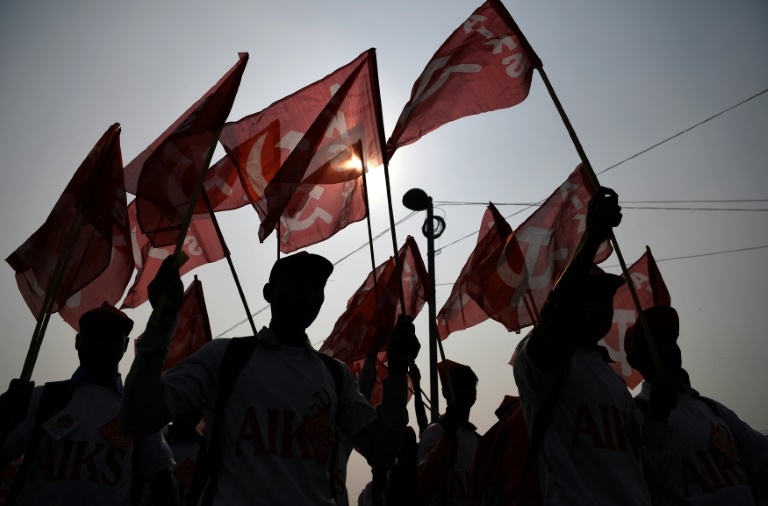
Organisers said some 80,000 farmers and farm labourers were participating in the two-day agitation/AFP
Nearly 55 percent of India’s 1.25 billion population is directly or indirectly dependent on agriculture. The sector accounts for around 15 percent of India’s economic output.
India is the global leader in cotton production followed by wheat, rice and sugar.
Each year millions of small farmers suffer due to scant irrigation facilities that reduce the yield and lead farmers into a deadly cycle of debt and suicides.
India lacks a robust irrigation infrastructure and most of the country’s farmland relies on annual monsoon rains. Excessive rains or floods too prove devastating.
Labo Banigo from eastern Odisha state said he is under huge debts after his crops failed due to back-to-back bad monsoons.
“My farm is a wasteland. There is hardly 10 percent produce,” Banigo told AFP.
“Modi promised to double our income but we can’t even feed ourselves.”


